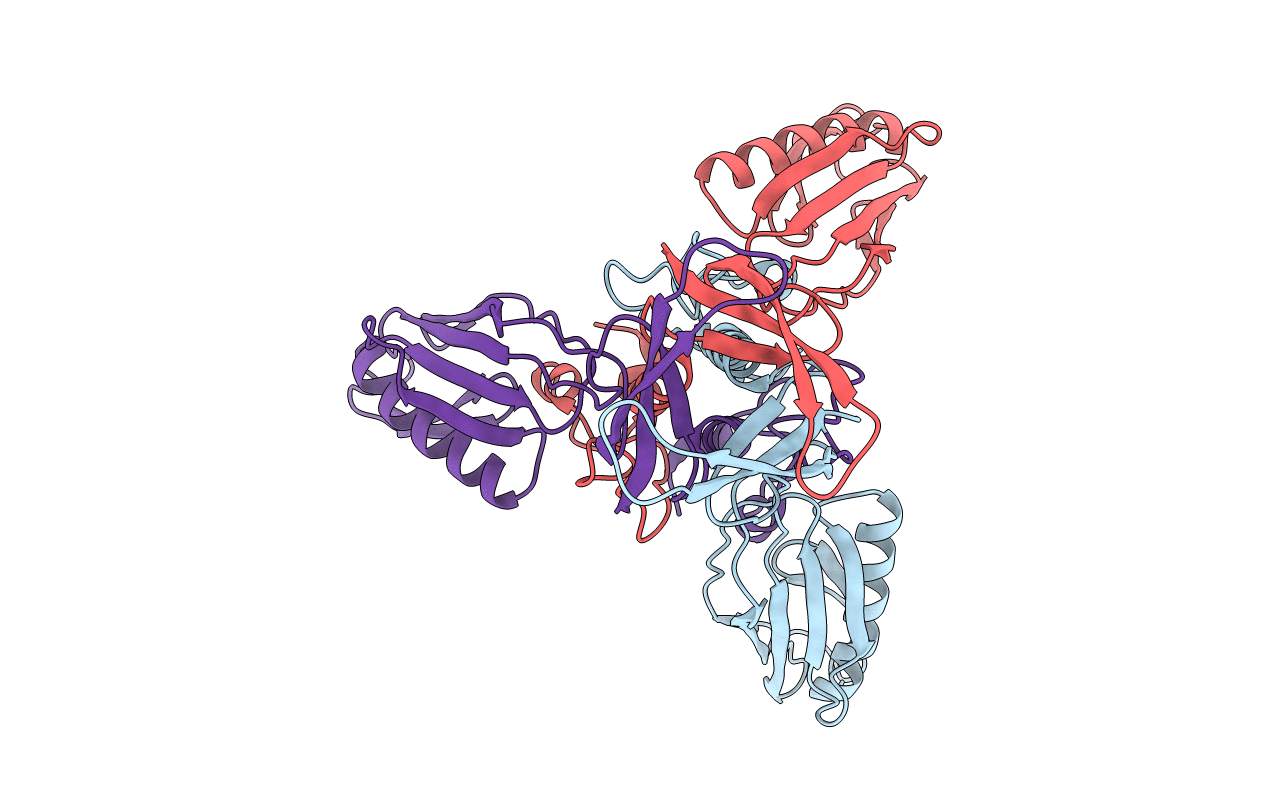
Deposition Date
2000-03-13
Release Date
2000-04-05
Last Version Date
2024-02-07
Entry Detail
PDB ID:
1EL6
Keywords:
Title:
STRUCTURE OF BACTERIOPHAGE T4 GENE PRODUCT 11, THE INTERFACE BETWEEN THE BASEPLATE AND SHORT TAIL FIBERS
Biological Source:
Source Organism:
Enterobacteria phage T4 (Taxon ID: 10665)
Host Organism:
Method Details:
Experimental Method:
Resolution:
2.00 Å
R-Value Free:
0.22
R-Value Work:
0.20
R-Value Observed:
0.20
Space Group:
P 21 21 21


